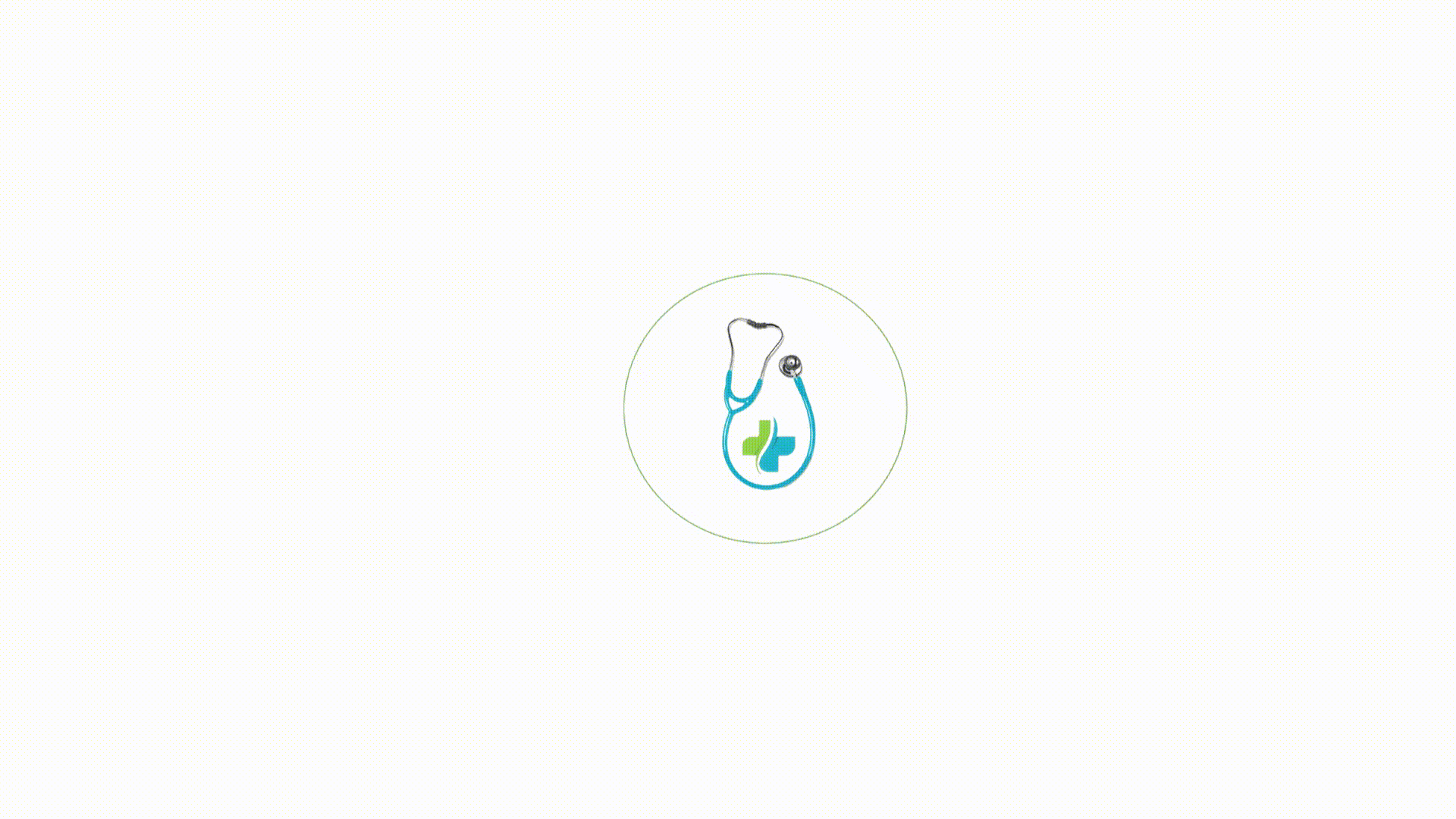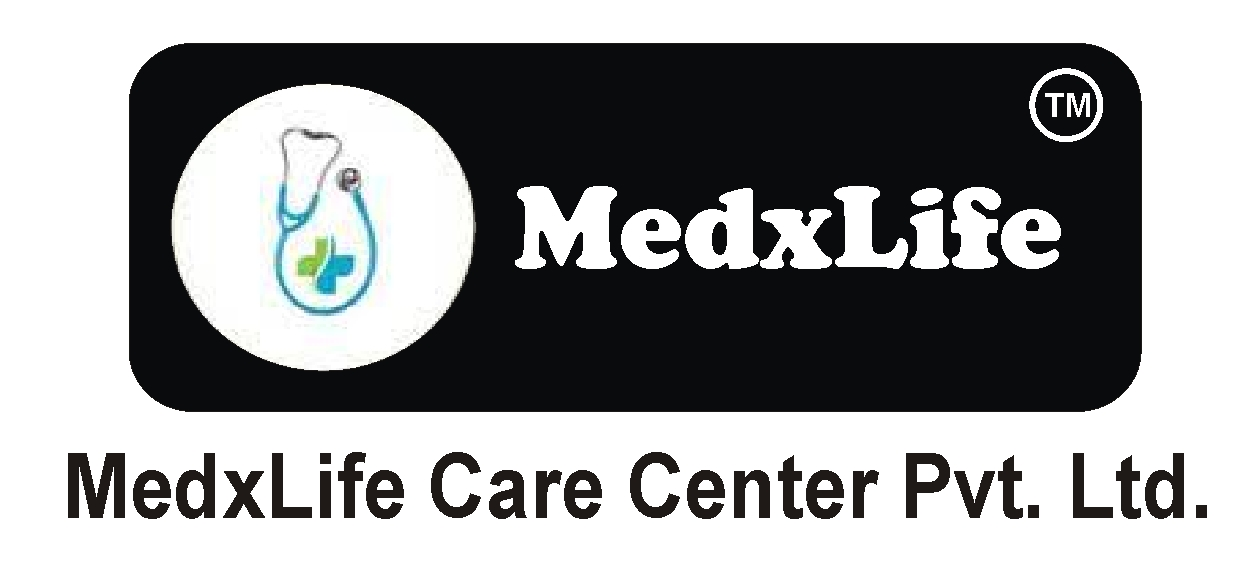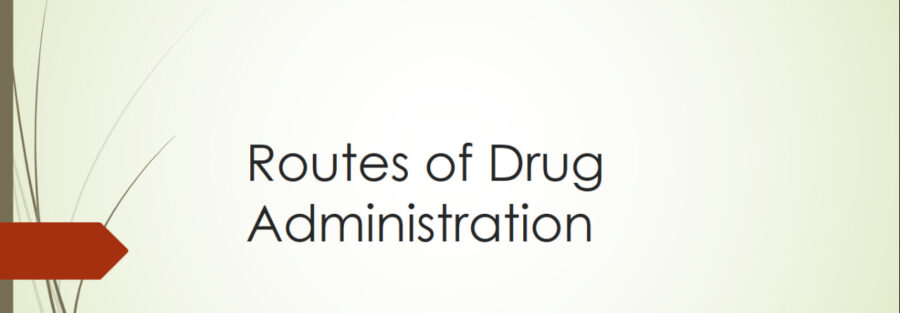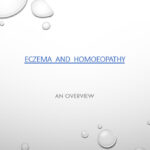Definition – Routes of drug administration means how the drug is given to the patient , it can be of various methods whether it can be orally , rectal, sublingual , injectable , inhalation, nasal etc
Classification–
Drugs are classified on the basis of how they are given , it can be of various methods.
Firstly there are divided into 2 types :
Local and systemic routes
And systemic is further divided into enteral and parenteral –
Enteral route of drug administration–
1) Oral –
Oldest and most common method
Both solid and liquid dosage forms can given .
It is safer and more convenient.
Non invasive.
Action is slow so not suitable for emergencies.
May cause vomiting and nausea.
Cannot be given in unconscious patient.
2) Rectal –
certain irritant drugs and an unpleasant drugs can be given through rectum .
Can be used in patients who have recurrent vomiting.
But absorption is slow and irregular often unpredictable.
Eg – Diazepam , paracetamol .
3) Sublingual –
Tablet or pellets can be given under tongue or crushed in the mouth
Only lipid soluble can be given and non irritaing drugs can be administered by this route.
Absorption is very rapid and liver is bypassed.
Eg – desamino oxytocin , GTN
Parenteral route of drug administration–
1) Transdermal patches– these are small adhesive patch which is attached to body near the treatment site . they provide smooth plasma concentration of drug without fluctuations , minimize side effects and variations. Local irritation , errythema at the site of application.
2) Suppositories , pessaries , bougies –
It is a type of drug route which is given in the form of cream or something. It is used before surgery as oral route is restricted . Avoid first pass metabolism.
But sometimes it can cause problems like it can cause mucosal irritation .
Undesired absorption.
Eg — Diazepam rectal suppositories.
Buccal — it’s a route of drug administration which is given through buccal route. Eg — nitroglycerin.
It has many benefits like no gastric irritation .
No drug interactions .
No direct contact with gastric enzymes and gastric HCl .
But it can cause many problems like their can be difficulty in keeping the drug at its particular site. Their can be irritation and can cause vomiting especially in children .
But due to small size of oral cavity , potent drugs can be kept .
Intravenous drug administration –
It is a drug administration which is given through blood vessels.
Advantages –
It is most common parenteral route of drug administration that are not absorbed orally.
It is pain free.
But 100% bioavailability.
Disadvantages –
Cannot be recalled by anything if any irritation occur.
Can also cause hemolysis of blood.
Eg – Penthothal sodium.
Intramuscular route of drug administration—
Eg – diclofenac sodium
Advantages-
Absorption is really uniform.
Gastric irritability can be avoided.
Best thing is mile irritants can be given through IM route.
Gastric enzymes are avoided .
Disadvantages–
Can cause infections.
Local pain can also occur .
Low amount of drug at a time.
If any nerve is injured during this route it can cause muscle paralysis which is supplied by respective nerve.
Subcutaneous route –
Eg – insulin , heparin .
It is a route of drug administration in which drug is given in subcutaneous tissue .
Advantages-
It minimises the risk associated in IV i.e when drug is injected in veins the needle an pentrate the veins all through.
There is rich nerve supply.
Disadvantages–
Very small amount is given at a time.
Slow absorption of drug.
Inhalation
It is a route of drug administration in which drug is inhaled
Drug is directly delivered to target organ .
Large surface area so that more absorption.
Vasodilation improves in this route.
It can also cause respiratory depresSion.
May be very costly .
Irritation can cause in airways.
Eg – rotahaler , MID
Intradermal route –
In this route , drug is given in dermis part .
Eg – allergy testing , BCG vaccination.
It improves immune response to vaccine.
It can cause potential reduction of antigen dose.
It cause decreased anxiety and pain.
It avoids GIT difficulties .
Disadvantages–
Muscle pain and injection site reaction.
Contributor- Medico Palak Pareek




